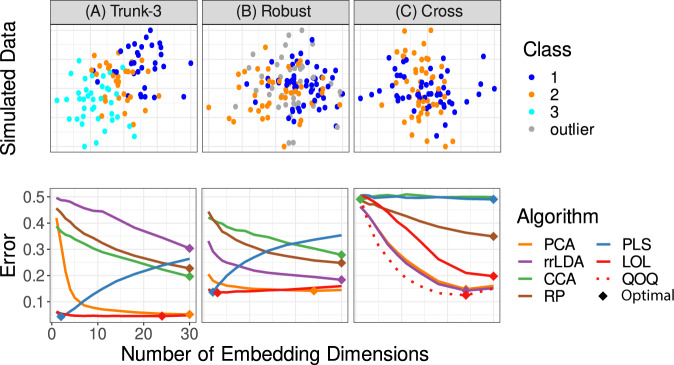Fig. 1. Three simulations demonstrating the flexibility and accuracy of XOX in settings beyond current theorical claims.
For all cases, training sample size and dimensionality were both 100. The top row depicts the values of the sampled points for two of the 100 dimensions to illustrate the classification task. The bottom row misclassification rate as a function of the number of projected dimensions, for several different embedding approaches. Classification is performed on the embedded data using the LDA classifier for (A) and (B), and using QDA for (C). The simulation settings are: A Trunk-3 A variation of Fig. 5b in which three classes are present. B Robust Outliers are prominent in the sample while estimating the projection matrix. LOL is robust to the outliers due to the robust estimate of the first moment. C Cross The two classes have the same mean but orthogonal covariances. Points are classified using the QDA classifier after projection. QOQ, a variant of LOL where each class' covariance is incorporated into the projection matrix, outperforms other methods, as expected. In essentially all cases and dimensions, LOL, or the appropriate generalization thereof, outperforms other approaches.

